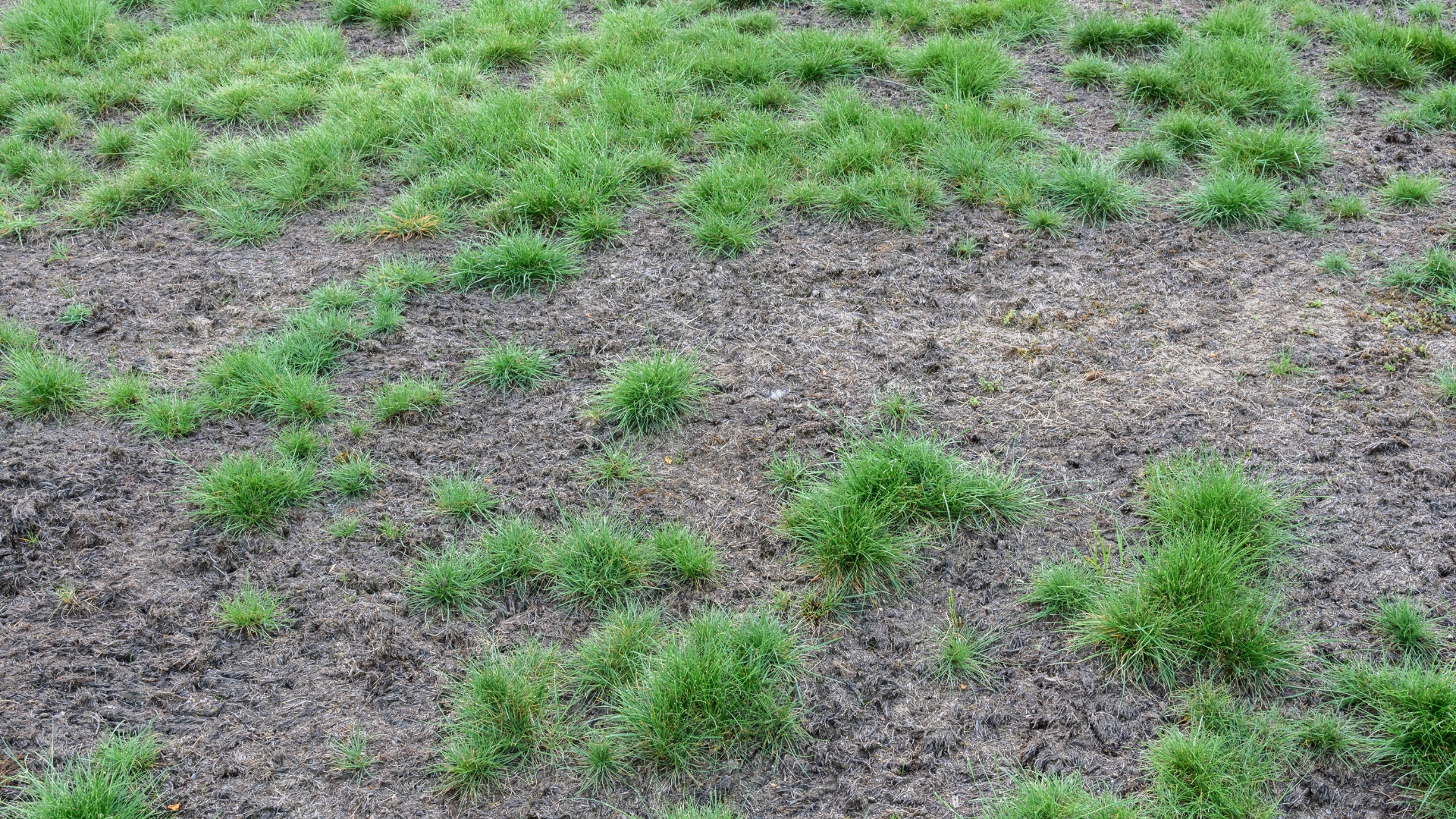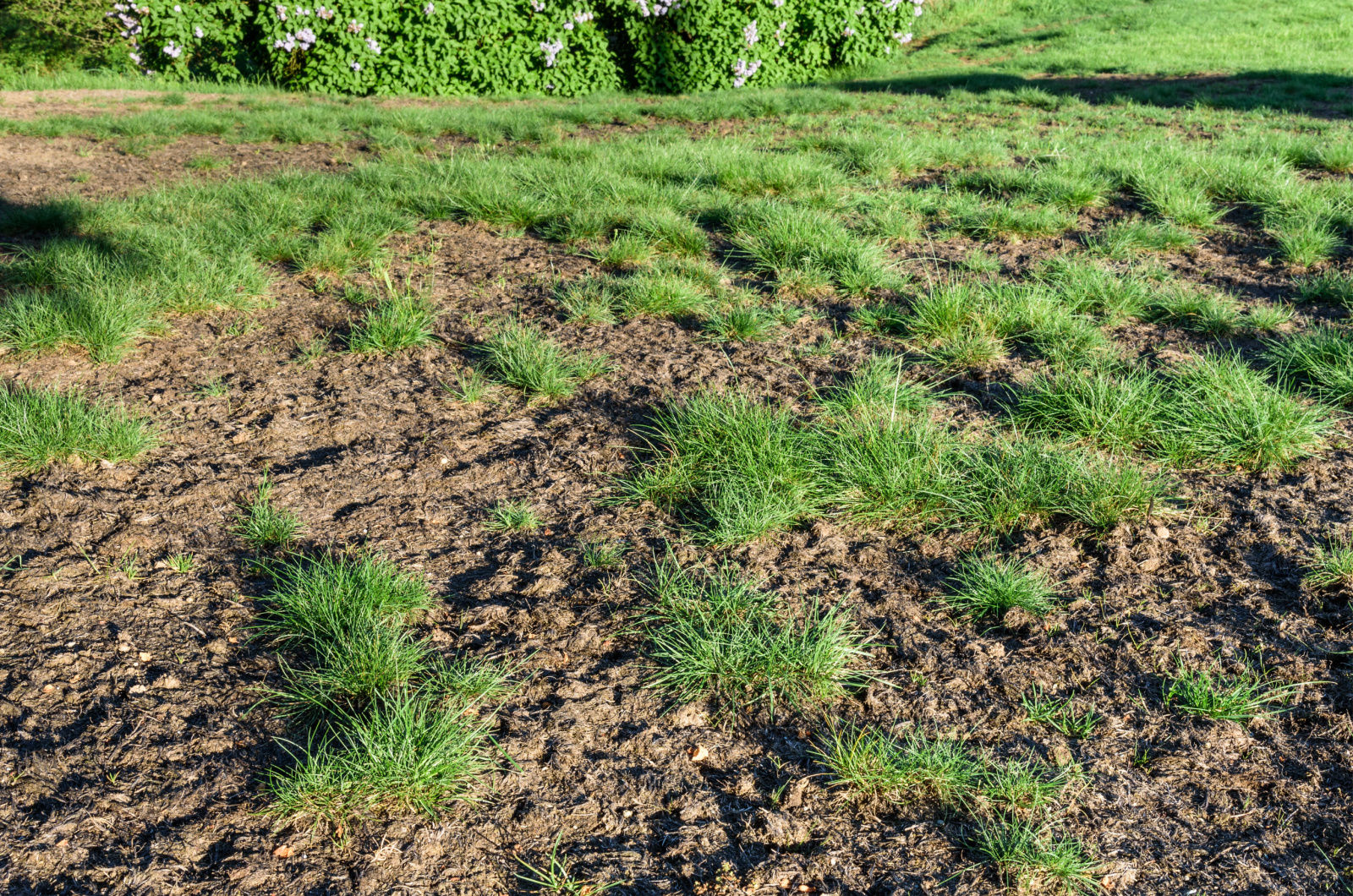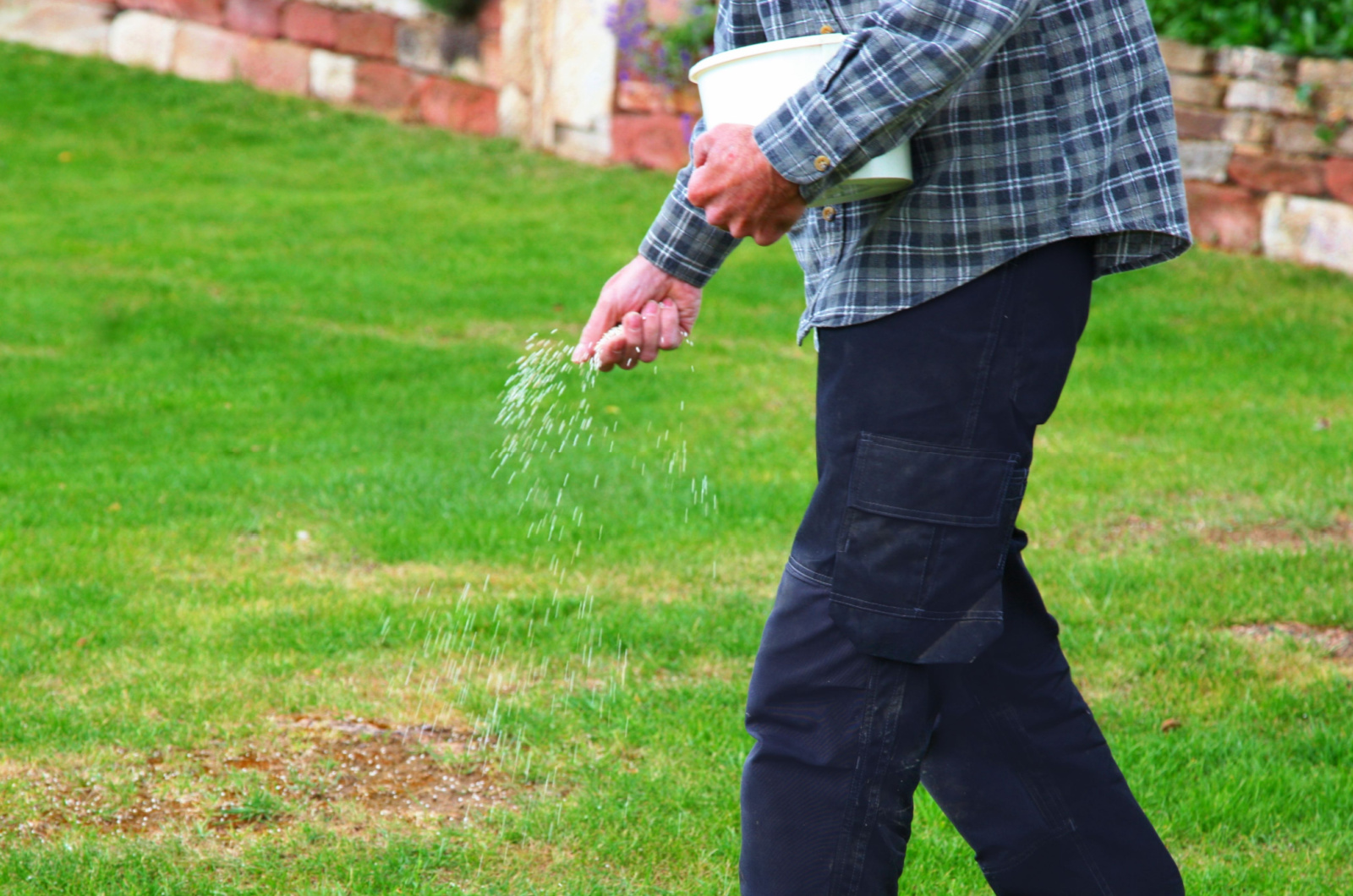Bare patches on the lawn can truly ruin your day, especially if you spent a lot of time and energy on lawn maintenance!
All of your hard work can be lost if this disease finds its way to your lawn. We are talking about pythium blight, a lawn disease that transforms beautiful green areas into deteriorating wastelands.
Excess soil moisture, low calcium content in the soil, bad drainage, and warm temperatures all attract pythium fungus, the main causative agent of this disease.
In this guide, we’ll talk more about this issue, its characteristics, how it’s harming your once-thriving lawn, and also share some helpful tips on how to tackle it!
Pythium Blight Might Be To Blame
The first telltale symptoms of pythium blight on your grass are very concerning.
Bare patches on the lawn that might appear greasy or soaked begin to spread all over the area, creating an unpleasant view of your yard.
If you act immediately, you may be able to see the actual fungi that have covered the grass blades and the surface of the soil – this is the first indication that a fungal invasion is happening right before your eyes!
However, pythium blight does not cause only these soggy, black areas. When moisture builds up, grass that is infected with this disease may also become dull-gray in color; this grayness turns sickly yellow as it dries.
Furthermore, the affected regions connect and form broad stripes all over your lawn, especially on the natural water drainage pathways.
Its aggressive nature and complete desire for destruction show us how much pythium blight is actually dangerous. You should protect your lawn at all costs!
This might be useful: How To Maintain Your Lawn All Year Long
How To Get Rid Of It
Getting rid of pythium blight won’t be such an easy thing to do – it takes research, perseverance, and a healthy dose of common sense when it comes to lawn maintenance.
The first thing you should do is cut back on how often you water your lawn. Don’t water your lawn everyday if you start seeing bare patches.
I would recommend watering your grass no more than once a week to avoid overwatering and the potential issues that come with it.
Carefully apply fertilizer and try to avoid disrupting your soil’s pH – it shouldn’t be too acidic nor too alkaline. Test your soil every few years to make sure it has everything it takes to grow a healthy lawn.
By doing so, you may identify any deficiencies in nutrients early on and address them with fertilizer, ensuring that your turf stays in optimal condition!
And now for the big guns: fungicides.
Choose those that contain mefenoxam and metalaxyl if you intend to use them – these are the most effective, particularly when the humidity rises and your grass begins to look like a swamp.
Additionally, if pythium blight has previously devastated your grass, think about implementing a regular fungicide regimen.
That persistent fungus can be controlled with a preventative maintenance regimen that employs treatments every two weeks during those high-risk times.
Related: 15 Pesky Weeds That Can Wreak Havoc On Your Lawn During Winter



